A glimpse of the dark past of the Oldest European Construction in Africa
Elmina Castle, also known as St. George Castle, in the central region of Ghana, in a coastal town called Elmina, serves as a testament to the complex history and dark past of Ghanaians. Built in the 15th century, the castle became a central point for trade, including the transatlantic slave trade. Today, Elmina Castle is a UNESCO World Heritage Site. It is also one of the most popular tourist destinations in Ghana. Thousands of visitors visit Elmina every year, offering visitors a glimpse into the region’s complex history.
Brief History of the Place
The Portuguese built Elmina Castle in 1482. It was the first ever trading post built by Europeans on the Gulf of Guinea, making it the oldest European construction in tropical Africa. Traders used the fort for trade with the locals for goods such as gold and ivory. This trade point provided them with a monopoly on the region’s gold trade. As the European presence in Africa grew, the castle became a stronghold of European powers.
Over time, the castle changed hands between various European powers, including the Dutch and the British. Elmina Castle played an essential role in the Portuguese slave trade for over three centuries. Over this time, tens of thousands of Africans ended up in the castle, held in dungeons before being shipped off to the Americas and Europe as slaves. Finally, in the 1950s, the castle became a Ghanaian government property.
Today, this castle is one of the UNESCO World Heritage Sites, as well as one of the most popular tourist attractions in Ghana. Thousands of visitors visit Elmina every year and offer visitors a glimpse into the region’s complex history.
Exploring Elmina Castle: Why Visit this Historic Site
Elmina Castle is definitely one of the ‘must-visits’ in Ghana, as it is an excellent opportunity to learn about the painful history and cultural significance of this place. Take a guided tour of Elmina Castle and explore the castle’s interiors, including the dungeons where slaves spent their days before the long journeys across the ocean. Take a moment at the “Door of no return,” which was the last point before being loaded onto ships bound for the Americas. While we understand that the tour of the castle may be uneasy, it is essential to truly understand this ugly page of the past and the impact it had on Ghanaian history.
On a better note, Elmina has so much more to offer than just the castle. The town of Elmina is home to a vibrant and welcoming community with a rich cultural heritage and traditions. Explore the local markets, try traditional cuisine or join the cheerful festivals and celebrations! The community local is so proud of its history and traditions, and visitors are welcome to learn about and take part in the cultural events. Elmina also can be proud of the impressive beadwork, weaving, and other traditional crafts, which you can see and buy in the local, vibrant markets.
One of the most popular cultural celebrations in Elmina is the annual Edina Bakatue Festival. This festival celebrates the beginning of the fishing season and includes a colourful procession to the sea, where the chief of Elmina offers sacrifices to the gods of the sea for a fruitful (or shall we say ‘fishful’) season. Fishing industry is a major part of the local economy in Elmina. You will see traditional fishing boats and nets in use along the shore.
Nearby Attractions
Besides Elmina Castle, there are a few attractions in the area worth visiting. If you have time, check out some of the other attractions, such as Cape Coast Castle (castle built in the 17th century), Fort Amsterdam or Fort Metal Cross. All the forts played an essential role in the transatlantic slave trade. Forts offer a fascinating glimpse into Ghana’s colonial past and are well worth a visit.
Another ‘not–to-miss’ location, which is further away but still within The Central Region, is Kakum National Park. It is a stunning rainforest reserve that offers an unforgettable walk through a tropical rainforest canopy. Get your gear and take a walk of a lifetime!
Planning Your Trip: Tips and Advice for Visiting Elmina Castle
A few things to keep in mind to ensure that your trip is a success. It is important to know that the castle is a very popular tourist destination, so be prepared for crowds, especially during peak season. Book your tickets in advance if possible to avoid long lines and ensure your spot on the tour and arrive early. Guided tours are a great way to receive valuable insights into the region’s history and culture, as well as support local communities.
As for transportation, there are several options for getting to Elmina. The castle is located 150 kilometres west of Accra, and probably the most comfortable way to get there is by car or taxi. Public transportation is also an option, like buses and shared taxis that run between Accra and Elmina, but be aware that these can be rather crowded and not as comfortable as renting a car.
When planning your trip, being respectful goes a long way wherever you are. Before travelling, educate yourself about local greetings, customs and traditions, as well as the traditional hierarchy of the local communities. Dress modestly and be respectful. Also, be aware of health and safety considerations, such as malaria and the risk of dehydration. Avoid using your left hand when eating or handing objects to others, for example. Introduce yourself to Ghanaian Cultural Etiquette to avoid misunderstandings while travelling.
Interesting Facts
Elmina Castle is the first trading post built on the Gulf of Guinea and the oldest European building in existence south of the Sahara.
After discovering that Ghanaians have a thriving gold trade with Arabs and Berbers, a Portuguese trader established his own trading post, which became known to the Portuguese as “A Mina” (the Mine) because of all the gold that could be found there.

Edite Strautmane, travel writer and nature enthusiast, shares her passion for travel, exploration and adventure through stories on GhanaTRVL.

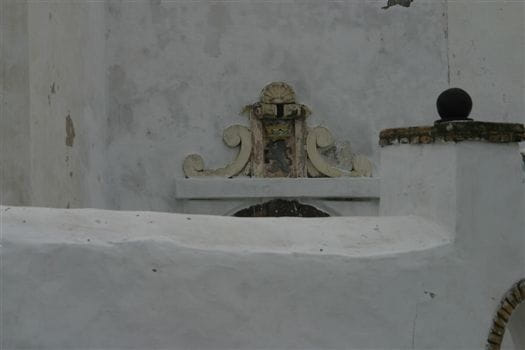





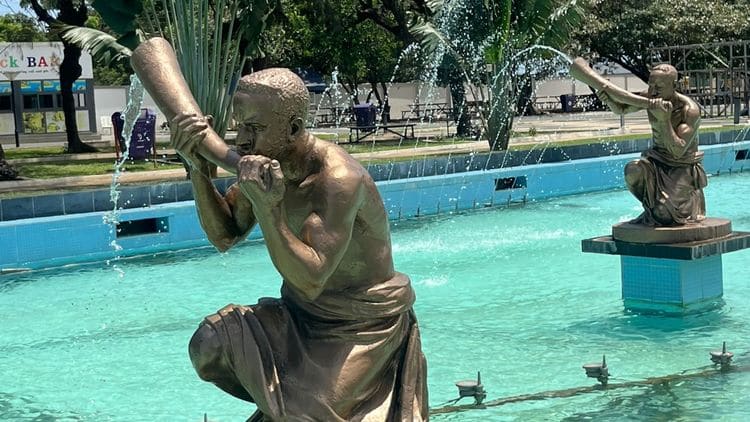
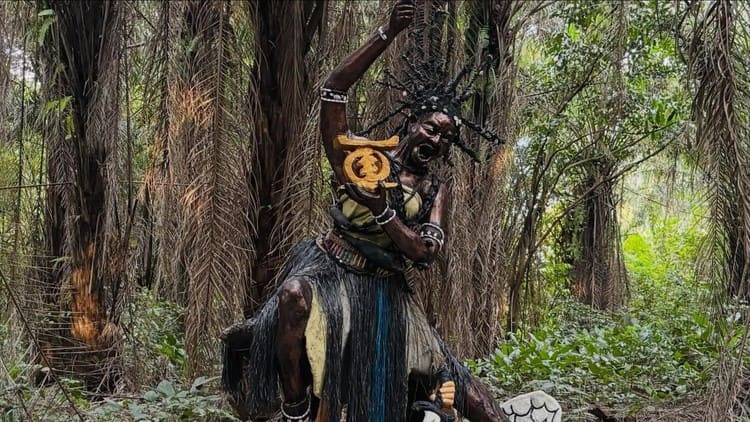


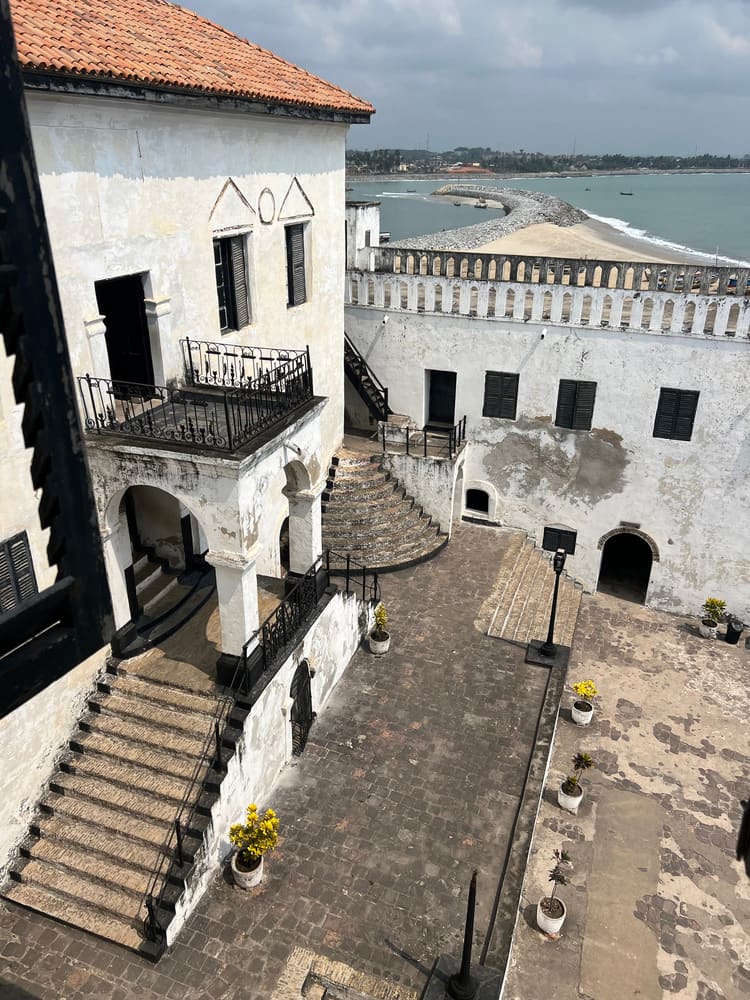
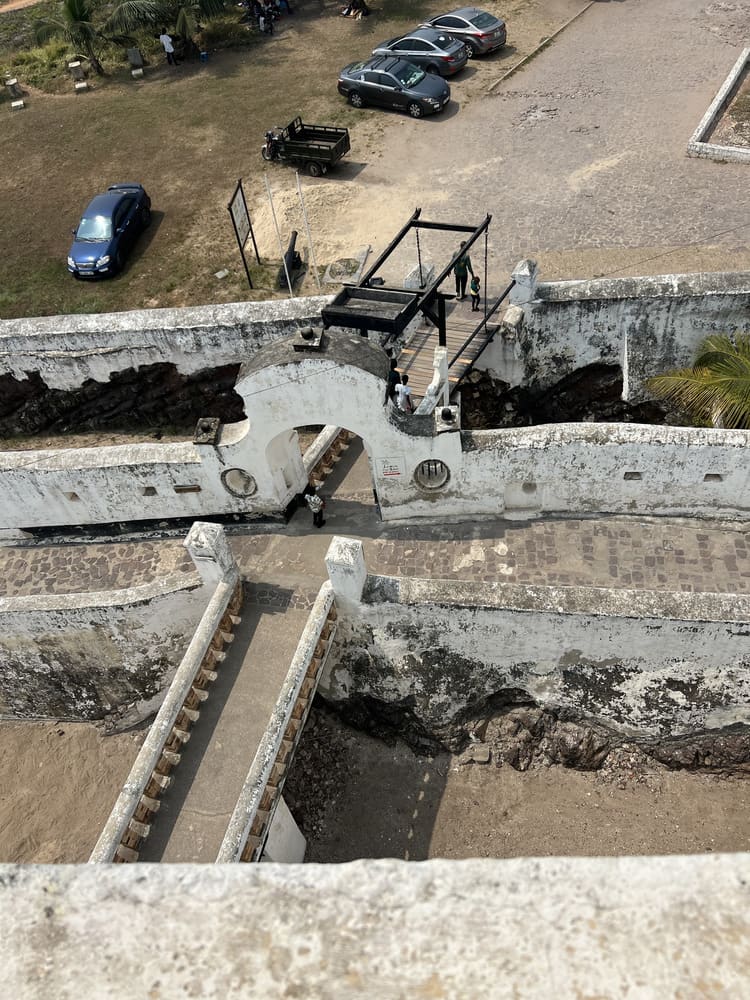
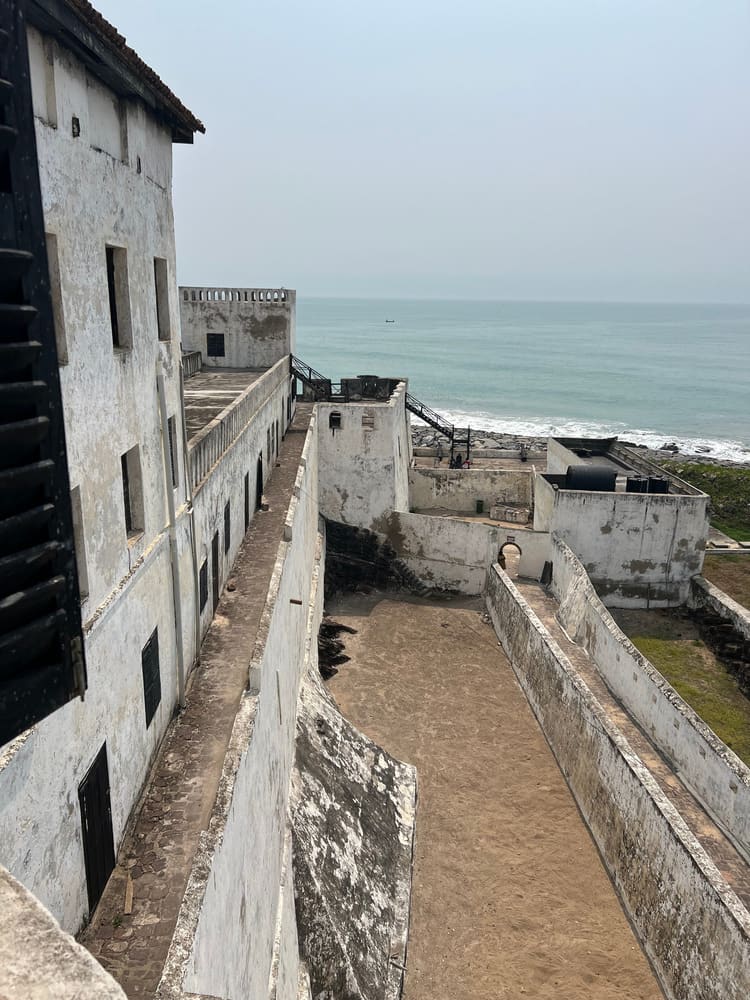
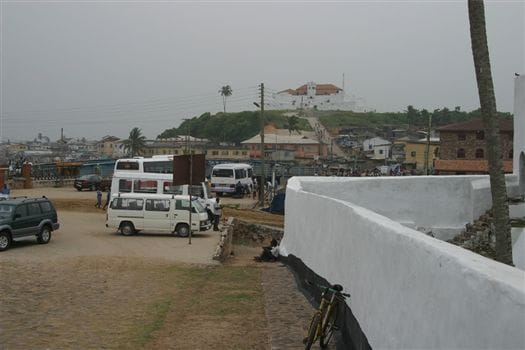
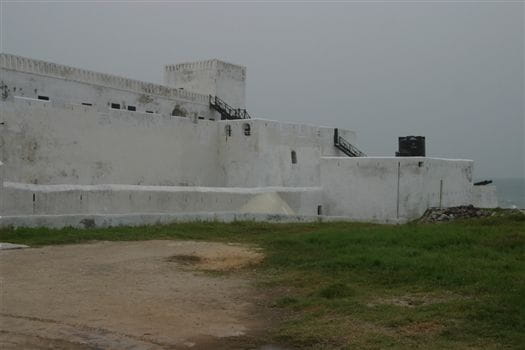

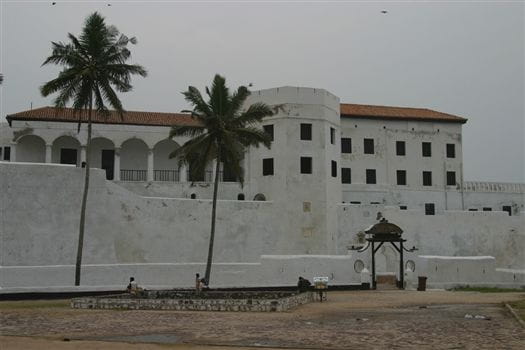

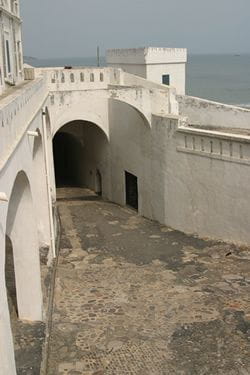
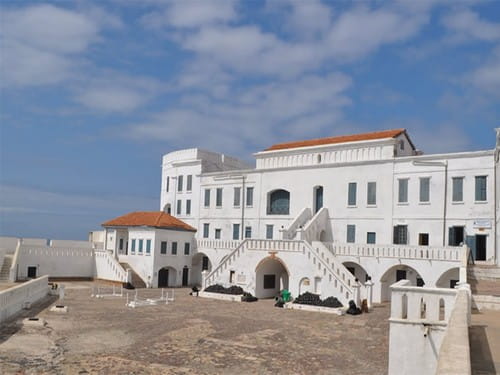


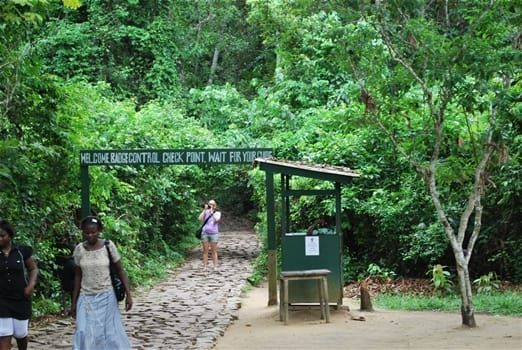

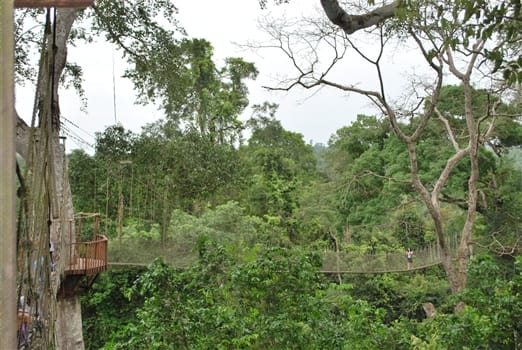





Comments